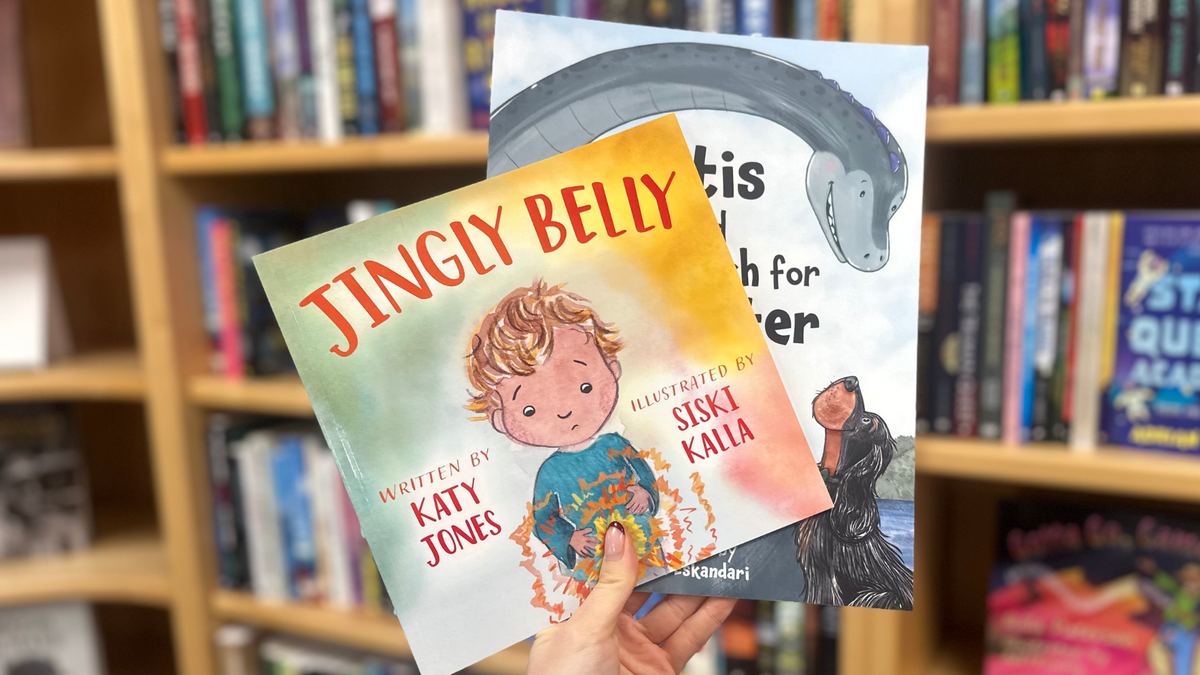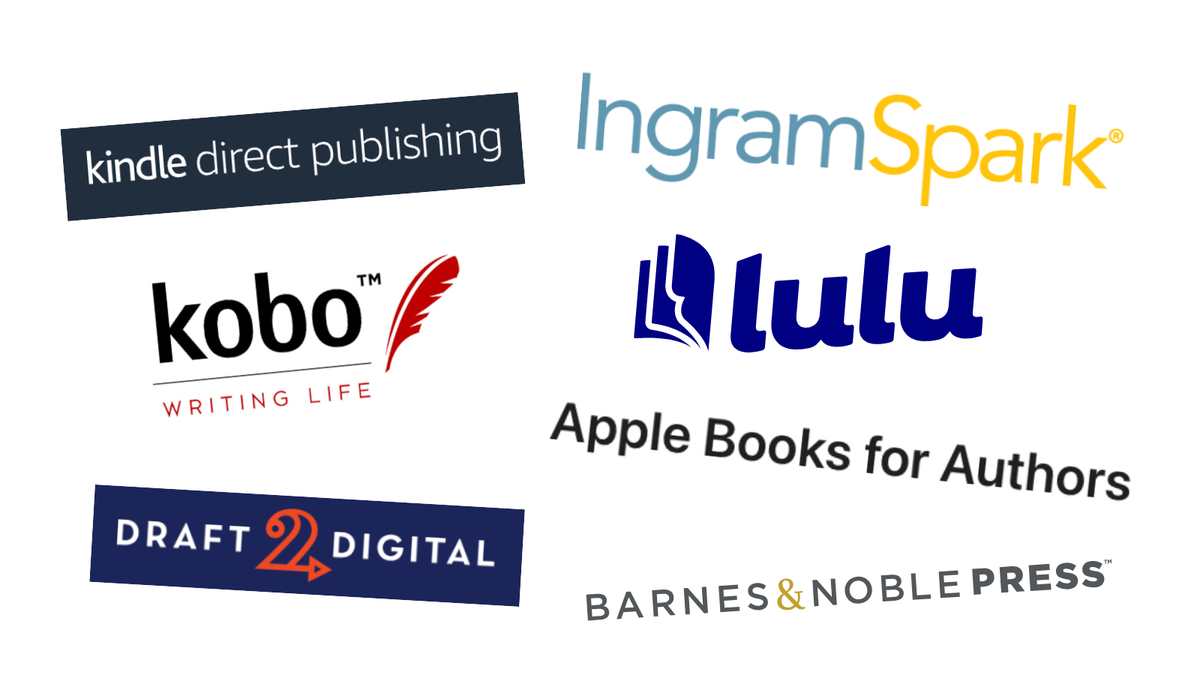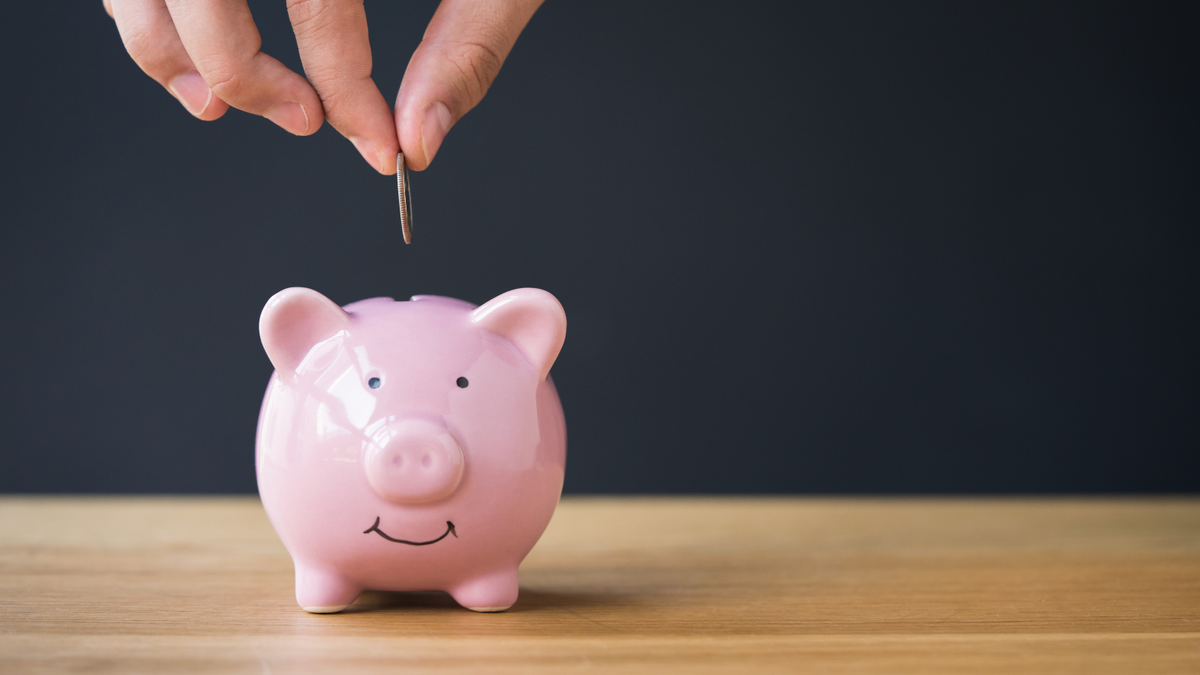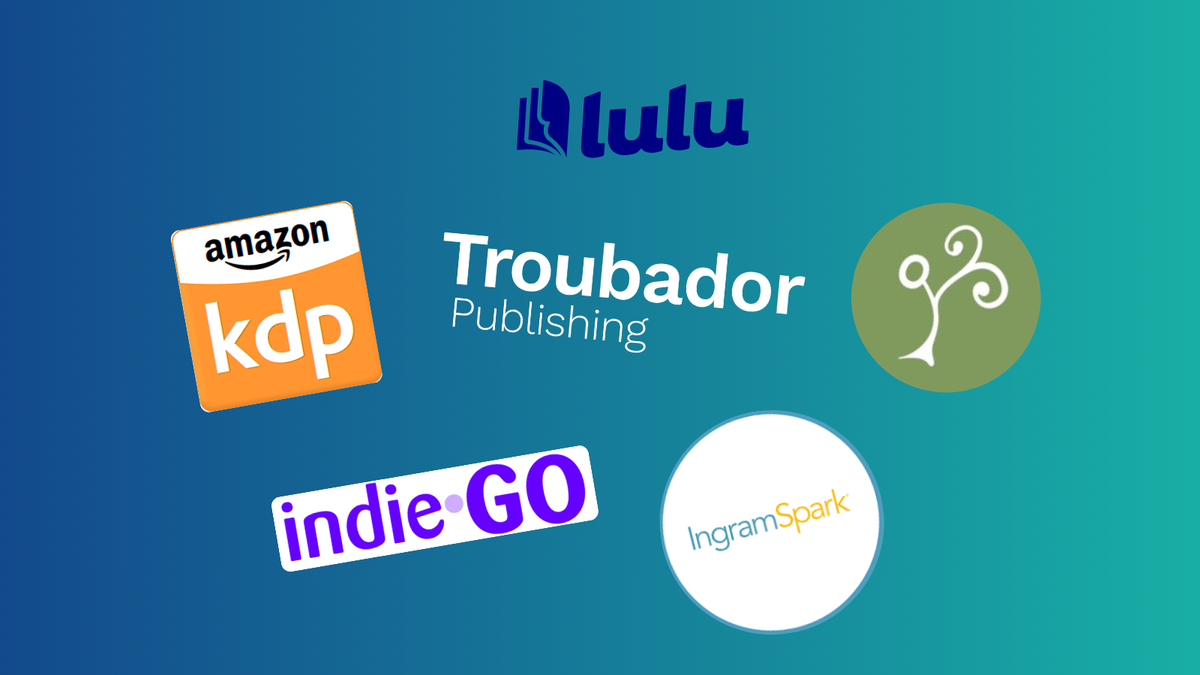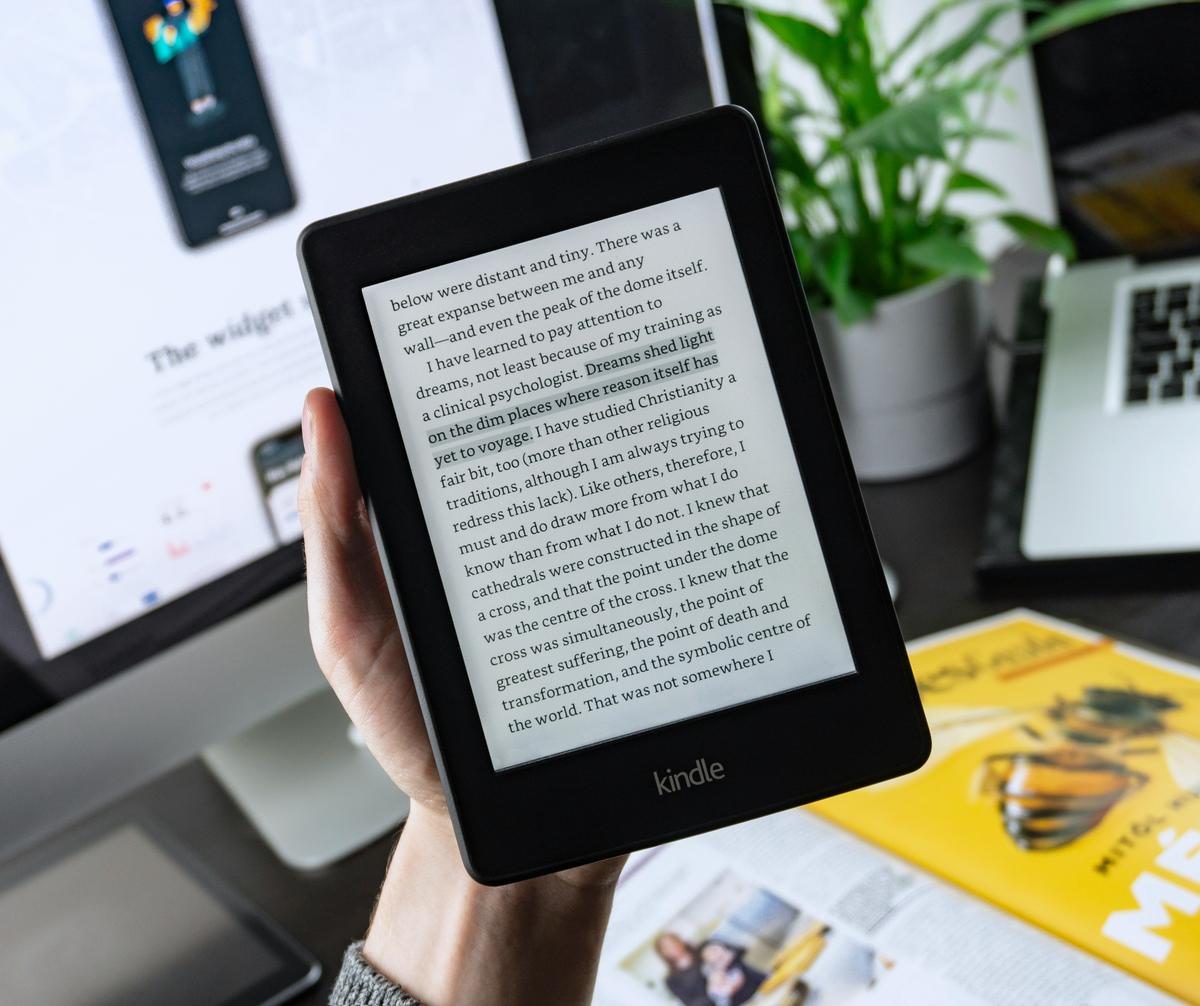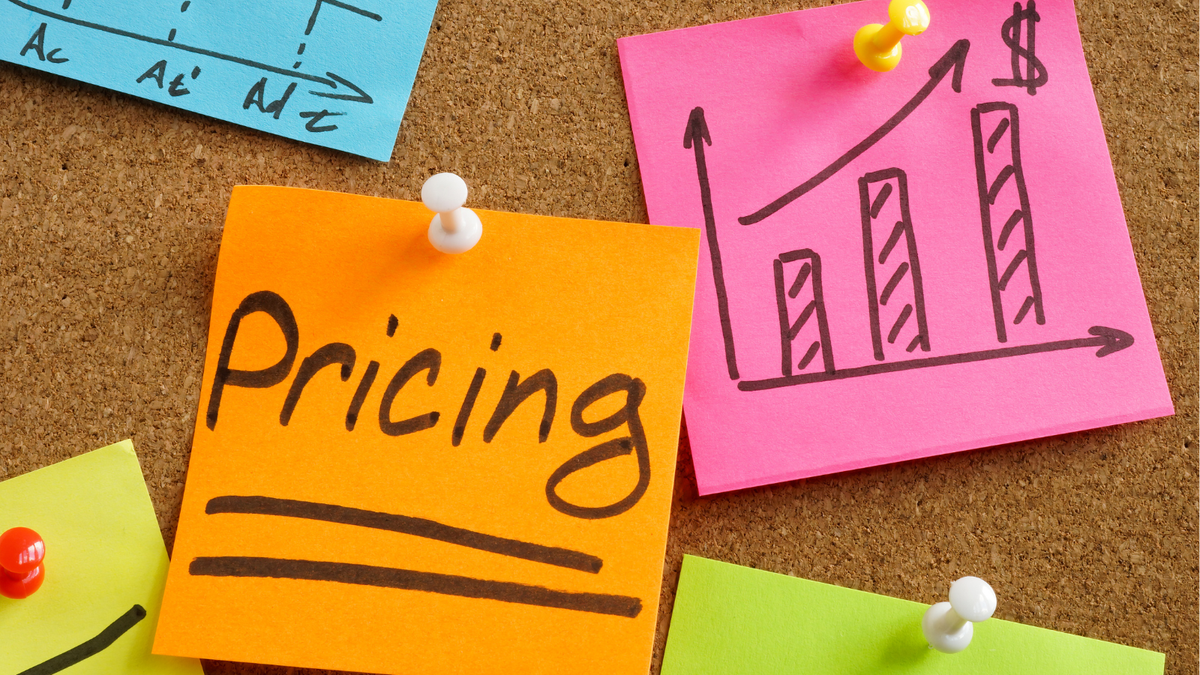
24th April, 2025
5 min read
How to Price Your Self-Published Book
Written by:
Chloe May
Figuring out how to price your book might not be the most glamorous part of self-publishing, but it’s definitely one of the most important. Your price point plays a huge role in your book’s success. Too high, and you risk scaring off potential readers; too low, and you might undervalue your work.
If you're not sure where to start, you're not alone. In this post, we'll walk through the main things to think about when pricing your self-published book – whether you’re launching your first book or expanding your publishing empire.
What is the average price of a book in 2025?
It depends on the type and format, but prices have definitely crept up in recent years. According to BookBrunch, the average RRP (recommended retail price) of a paperback in the UK rose from £9.54 in 2019 to £10.38 in 2022. For hardbacks, the average RRP jumped from £18.22 to £20.25.
For ebooks, things are more flexible. Most self-published ebooks land somewhere between £1.99 and £4.99, with £2.99 being a common sweet spot for new or indie authors.
And while publishers are nudging prices higher, the actual average price paid for a printed book in 2022 was around £8.66. So while cover prices are going up, heavy discounts and competitive pricing (especially online) mean readers often pay much less – something to keep in mind when setting your own price.
How is the price of a book decided?
For traditionally published authors, the price of the book is decided on by the publisher. Publishers will use a huge amount of data – including costs incurred to them through advances, production and marketing costs, as well as the performance of comparative titles – to guide them on how they can price a book.
Self-published authors don’t usually have access to that kind of industry data, but that doesn’t mean you’re flying blind. You can still make smart pricing decisions by doing a bit of research.
Things authors should consider
Your Objectives
Start by getting clear on why you're publishing this book. Is it to generate income? Build a readership? Grow your credibility in a niche? Or do you just want to get it out there?
If you're hoping to attract more readers, a lower price can help get it into more hands, but it can be hard to turn a profit at a low RRP when taking any costs incurred self-publishing into account. If your goal is to establish your book as a premium offering, a higher price might better reflect the value you're delivering, but might act as a deterrent for a high volume of sales.
Your Format (and Print Method)
Format has a big impact on pricing. Ebooks are cheaper to produce than a printed book and easy to distribute, so readers expect them to cost less – usually under £5. Ebook prices aren’t as standardised as print books, so you will be able to find many ebooks available for as little as 99p and some are even free to download.
With print books, things get trickier. If you're using print-on-demand, your base print cost can eat into your profit margin, meaning you’ll likely need to price higher just to break even. However, the price of ebooks and POD books is more easily changeable than that of a short-run print book.
Books produced by a short print run, hardback and color-printed books cost more to produce and their higher quality means they can usually justify a higher price tag. However, it’s not simple to change the price on these formats – so once you’ve picked your price, it’s best to stick to it.
Your Competition
Take a look at what similar books are selling for – especially those in your genre and by other indie authors. That includes books with a similar word count and target audience. You don’t want to price yourself out of the market, but you also don’t want to undervalue your work.
Consider how your book stacks up: Is it part of a series? Does it have added value, like illustrations or expert insights? These elements can justify a slightly higher price. On the flip side, if you're a new author without a built-in audience, pricing competitively (or even a bit lower than average) can help you attract more readers early on.
Finally, don’t forget to consider perceived value. A higher price can sometimes suggest higher quality – but only if your book looks the part. Strong editing, a professional cover and an extensive marketing campaign all help reinforce your price tag.
How to price your book
When it comes to setting the actual price of your book, you’re not on your own. Many online self-publishing platforms such as Ingram Spark or Amazon KDP have a compensation calculator where you can see your royalty earnings. If you’re working with a self-publishing provider, then they should be able to advise you on your estimated returns through different retailers.
At Troubador, we advise on a RRP at the very start of the process, based on your book’s specifications, estimated print costs and genre, that reflects both a competitive market value and the best profit margins for you as an author. We can advise on how an author can improve their margins and are happy to offer guidance on pricing – however, the final decision will always rest with the author.
And even once you’ve set the RRP, there are opportunities to run promotional price drops to drive interest – particularly with ebooks where it is easy to amend the price at the push of a button! Many Troubador authors also choose to run offer codes through our website; incentivising readers to buy directly from us where their return will be greater as there are no retailer discounts involved.
Conclusion
Pricing your self-published book is a balancing act. It requires careful consideration of your objectives, format, competition and perceived value. While there are average price ranges to guide you, the final decision rests on understanding your target audience and the unique value your book offers.
Remember, pricing is not a fixed decision; promotional price drops and offer codes can be effective strategies to drive sales and engage readers. Ultimately, a well-considered pricing strategy will help you achieve your publishing goals, whether they be volume of sales or the satisfaction of having the book available widely to the market.



